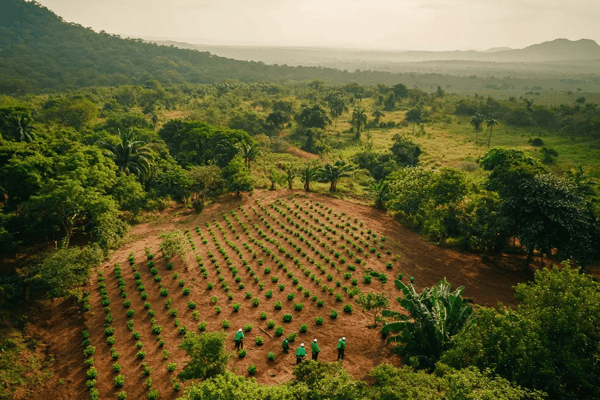African Agriculture Holdings, a US-based agribusiness listed on Nasdaq, has laid out ambitious...

African Agriculture Holdings Unveils 2 Million Hectare Reforestation and Carbon Credit Initiative in West Africa
2

Africa’s Carbon Market: A $1.5 Trillion Opportunity by 2050
Africa’s Voluntary Carbon Market (VCM) is projected to evolve into a $1.5 trillion industry by...
1

Africa's Carbon Market: $650M in Commitments and the Road to $1 Billion
The Africa Carbon Markets Initiative (ACMI), launched at COP27 in late 2022, has made...
2

10 African countries urge SBTi to Include Carbon Offsets in Corporate Climate Strategies
The West African Alliance on Carbon Markets and Climate Finance (WAACMCF), a coalition of NGOs...
3


.webp?width=1200&height=800&name=How%20Carbon%20Credits%20Could%20Help%20Clear%20South%20Africa%E2%80%99s%20Invasive%20Trees_Biomass%20from%20invasive%20trees%20in%20the%20foreground%2c%20with%20logs%2c%20wood%20chips%2c%20and%20workers%20visible%20in%20a%20South%20African%20forest%20in%20the%20background_visual%20(1).webp)
